Web3 Metamask: Your Gateway to the Decentralized Web
Outline:
1. Introduction to Web3 and its Significance 2. What is Metamask? 3. How to Install and Set Up Metamask 4. Utilizing Metamask for Web3 Interactions 5. Exploring the Features of Metamask 6. Advantages and Disadvantages of Using Metamask 7. Common Issues and Troubleshooting Tips 8. Frequently Asked Questions (FAQs)
1. Introduction to Web3 and its Significance
Web3, also known as the decentralized web, is a paradigm shift in how the internet operates. It harnesses the power of blockchain technology to create a more secure, transparent, and user-centric online ecosystem. Users have greater control over their data, can transact directly with others without intermediaries, and can participate in decentralized applications (dApps). Metamask is a key tool that enables users to access and interact with this decentralized web.
2. What is Metamask?
Metamask is a browser extension wallet that acts as a bridge between your web browser and the Ethereum blockchain. It allows users to manage their Ethereum accounts, store digital assets, and securely interact with dApps built on Ethereum. Metamask provides a user-friendly interface for seamless integration with the decentralized web.
3. How to Install and Set Up Metamask
To install Metamask, follow these steps: 1. Open your web browser and visit the Metamask website. 2. Click on the "Download" button and select your browser. 3. Follow the installation instructions specific to your browser. 4. Once installed, click on the Metamask icon in your browser's extensions or add-ons menu. 5. Create a new wallet or import an existing one using your private key or recovery phrase. 6. Set up a strong password and backup your wallet securely.
4. Utilizing Metamask for Web3 Interactions
Metamask enables users to interact with various decentralized applications and perform activities such as: - Sending and receiving Ether (ETH) and ERC-20 tokens - Participating in token sales and Initial Coin Offerings (ICOs) - Interacting with decentralized exchanges (DEXs) for trading digital assets - Playing blockchain-based games and using decentralized finance (DeFi) platforms - NFT (Non-Fungible Token) transactions and digital collectibles
5. Exploring the Features of Metamask
Metamask offers several features to enhance the user experience and security: - Multi-Account Management: Create and manage multiple Ethereum accounts within Metamask. - Custom Network Configuration: Connect to various Ethereum networks or set up your private network. - Transaction History and Confirmation: View transaction details and approve/reject pending transactions. - Security Measures: Enable two-factor authentication and set spending limits to enhance security. - Import/Export Wallet: Import existing wallets from different platforms or create a backup by exporting wallet details.
6. Advantages and Disadvantages of Using Metamask
Advantages: - Easy Access to DApps: Metamask provides a seamless connection to the decentralized web and makes it convenient to interact with dApps. - Security and Control: Users have full control over their private keys and decentralized assets, reducing the risk of hacking or theft. - Compatibility: Metamask supports multiple browsers and operating systems, making it accessible to a wide range of users. Disadvantages: - Learning Curve: Users with limited technical knowledge may require some time to understand the concepts and functionality of Metamask. - Dependency on Ethereum: Metamask focuses on Ethereum-based dApps, limiting its compatibility with other blockchain platforms.
7. Common Issues and Troubleshooting Tips
- Network Connectivity: If you encounter connection issues, ensure that your internet connection is stable and choose the appropriate network within Metamask. - Gas Fees: Ethereum transactions require gas fees. Adjust the gas fees based on current network congestion to avoid delays or high fees. - Wallet Backup: Regularly back up your wallet and securely store the recovery phrase or private key in case of lost or stolen devices.
8. Frequently Asked Questions (FAQs)
Q1. How secure is Metamask? A1. Metamask uses strong encryption algorithms and enables users to store their private keys locally. However, it is important to follow security best practices and keep your system protected from malware or phishing attacks. Q2. Can I use Metamask on mobile devices? A2. Yes, Metamask is available as a mobile application for both iOS and Android devices. Q3. Does Metamask support other blockchains apart from Ethereum? A3. While Metamask primarily focuses on Ethereum, it also supports some other Ethereum-compatible chains like Binance Smart Chain. Q4. Can I use Metamask without a hardware wallet? A4. Yes, Metamask can be used independently without a hardware wallet. However, using a hardware wallet can provide an additional layer of security. Q5. Is Metamask free to use? A5. Yes, Metamask is free to install and use, but it charges transaction fees based on the Ethereum network's gas fees. In conclusion, Metamask is a valuable gateway for users to access and interact with the decentralized web powered by Web3 technologies. By understanding its features, benefits, and potential limitations, users can make the most of this indispensable tool for navigating the blockchain revolution.



